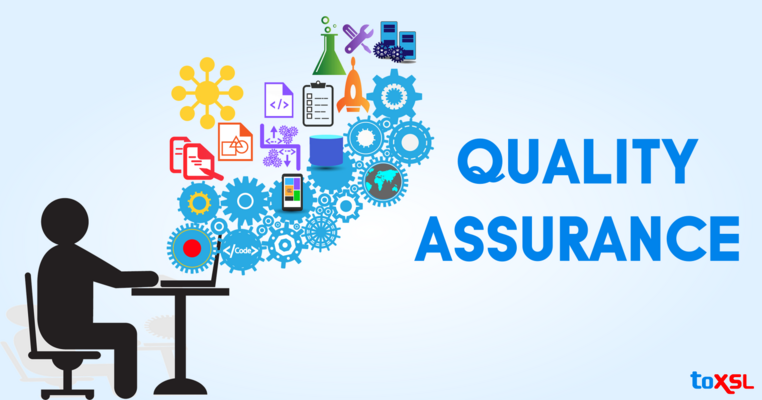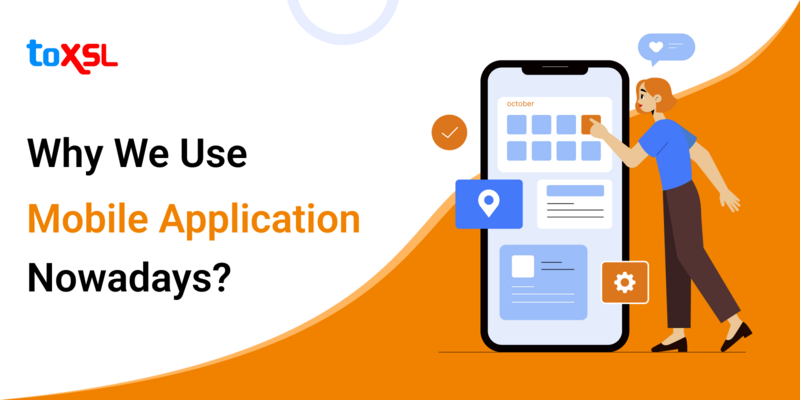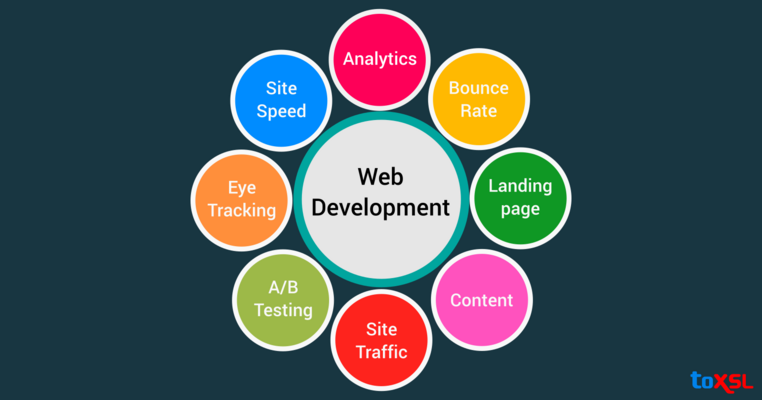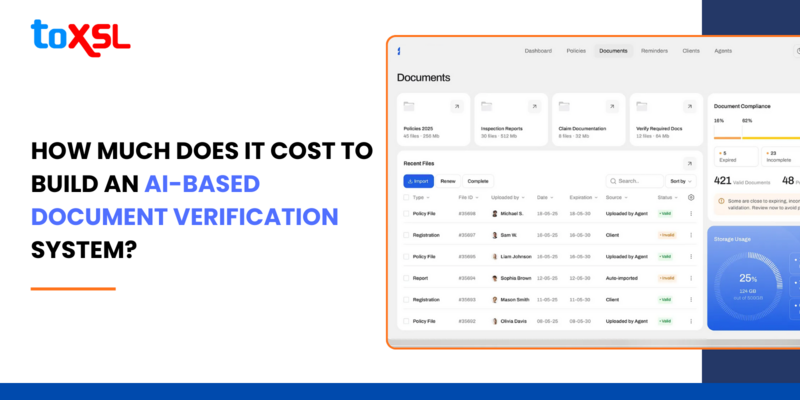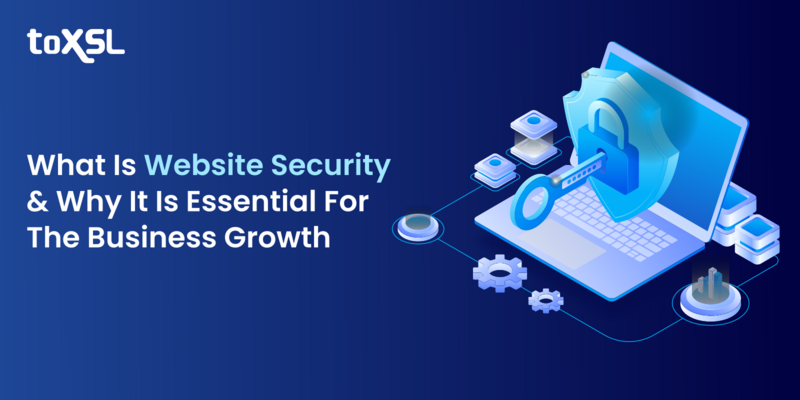
Near Field Communication (NFC) is a short-range wireless technology that enables devices to communicate when they are close-typically within 4 cm. NFC is widely used in contactless payments, access control, data sharing, and more. Integrating NFC into apps can easily open new possibilities to develop seamless and interactive experiences.
In 2020, the NFC business was worth $17.5 billion. By 2026, it will grow to about $40 billion. The mobile phone market is huge too - around $3 trillion by 2024. New technology lets people do many things on their phones, like paying for stuff. This is because of NFC, which is growing fast. More phones now have NFC, so you can pay just by tapping your phone. NFC payments are quick and safe. You tap your phone or card to pay. This saves time and makes shopping easier. More people want to pay this way, so the NFC market will keep growing.
Benefits of NFC System Integration
Here are the benefits of NFC system integration:
1. Easy and Fast Payments: NFC makes paying quick and simple. Instead of using cash or cards, you just tap your phone or card on a reader. This saves time and makes checkout faster. Shops get happy customers and can serve more people quickly.
2. Safe and Secure: NFC safe. It uses special codes to protect your information from hackers. Also, because the devices need to be very close to work, it’s hard for someone to steal your data. Many NFC systems also use fingerprint or face scans for extra safety.
3. Convenience for Users: NFC is not only for payments. You can tap your phone to open doors, share contacts, or connect to Wi-Fi without typing passwords. This makes using technology easier in daily life.
4. Boosts Customer Engagement: Businesses can use NFC to make shopping more fun and helpful. For example, you can tap your phone on a product to get details, reviews, or discounts. This helps customers know more and feel special, which can increase sales.
5. Supports Automation and Efficiency: NFC can make work easier by automating simple jobs. Employees can tap NFC badges to mark attendance, or machines can track stock automatically. This saves time and reduces mistake.
6. Works Across Many Industries: NFC is used in many fields like healthcare (for patient check-ins), transport (for tickets), schools (for attendance), and events (for entry). This shows NFC is very useful everywhere.
7. Easy to Use and Adopt: Most smartphones already have NFC, and many people know how to use it. For businesses, adding NFC is not hard and does not need big changes. This makes it easy to start using NFC quickly.
Key Tools and APIs for NFC Integration
Here are the tools and APIs for NFC integration you must know:
1. Platform-Specific NFC Libraries
Android (NfcAdapter): Android provides theNfcAdapterclass to enable NFC functionality. It supports reading and writing NDEF (NFC Data Exchange Format) messages, handling tag discovery, and managing peer-to-peer communication.
iOS (Core NFC): Apple’s Core NFC framework allows iPhones to read NFC tags and data. However, iOS has some limitations compared to Android, such as restricted tag-writing capabilities.
Using these native APIs ensures smooth interaction with NFC hardware and a better user experience.
2. NFC Tag Programming Tools
Developers can use apps like the NFC Developer App to test and write data to NFC tags easily. This app supports programming tags with URLs or custom data and securing them with authentication keys. For production use, developers typically integrate tag provisioning with their backend systems via HTTP APIs, enabling dynamic content updates and secure tag management.
3. NFC SDKs and Middleware
Some companies offer SDKs that abstract the complexity of NFC integration and provide additional features like encryption, authentication, and tag management. These SDKs help accelerate development and ensure compliance with NFC Forum standards.
Practical Use Cases for NFC Integration
NFC technology extends far beyond contactless payments. Here are some compelling use cases where developers can leverage NFC:
1. Retail and Marketing
Product Information Sharing: NFC tags on products allow customers to tap their phones and instantly access detailed product info, user manuals, or promotional offers.
In-Store Campaigns: Retailers use NFC tags for interactive marketing, enabling customers to participate in loyalty programs or receive discounts with a tap.
2. Access Control and Security
Physical Access: NFC badges or smartphones can serve as secure keys for restricted areas like data centers or warehouses. This reduces costs related to lost keys and enhances security with time-limited access permissions.
Event Management: NFC wristbands or cards streamline attendee check-in and access to event zones.
3. Healthcare
Medical Information Access: NFC tags on medical packages or patient wristbands allow caregivers to quickly retrieve dosage info, medical history, or emergency instructions.
Inventory Management: Hospitals track supplies and medications in real-time using NFC tags, improving stock control and reducing errors.
4. Industrial Applications
Device Configuration: NFC enables zero-power configuration of sealed devices. Users can customize settings or update firmware via smartphone taps without physical interfaces.
Asset Tracking: Long-range RFID combined with NFC tags helps track parts and products through the supply chain, improving production efficiency.
5. Task Automation
Smartphone Automation: NFC tags can automate common phone tasks like launching apps, sending messages, or toggling settings, enhancing user convenience
Best Practices for NFC Integration
NFC (Near Field Communication) is a smart way for devices to talk to each other when they are very close. It is used for things like paying without cash, sharing information, and making work easier. But to make sure NFC works well and people like using it, there are some important things to remember. Here are some easy tips for using NFC the right way.
1. Make Things Happen Right Away: When someone taps their phone on an NFC tag, they want something to happen fast. Use a special format called NDEF (NFC Data Exchange Format) so the phone can open a website, save a contact, or do other actions quickly. This way, people don’t have to wait or download apps first. Fast action makes people happy.
2. Keep It Simple for Users: People don’t like filling out long forms or signing up before trying something new. When someone uses NFC for the first time, don’t ask them to register right away. Let them try it first and see how it works. If they like it, they will sign up later. This way, more people will use your NFC features.
3. Use the Same Look Everywhere: If you use NFC in many places or products, keep the same colors, logos, and style. This helps people recognize your brand and trust it. When your NFC looks the same everywhere, people feel comfortable using it. It also makes your business look professional.
4. Put NFC Tags in Easy Places: Where you put NFC tags is very important. Put them where people can easily tap their phones. Avoid places that are hard to reach or have metal, because metal can stop the signal. If you need to put tags on metal, use special tags made for metal surfaces. Also, protect tags from rain or dirt if they are outside. Good placement makes tapping easy and fast.
5. Show the NFC Symbol: Put the NFC symbol (called N-Mark) near your tags. This symbol tells people where to tap their phones. When people see this symbol, they know NFC is ready to use. Clear signs help people use NFC without confusion.
6. Test on Many Phones: Not all phones use NFC the same way. Some phones read NFC from different spots. Test your NFC tags and apps on many kinds of phones to make sure they work well. Also, check that NFC works on different phone systems and versions. This way, everyone can use NFC easily.
7. Make Your App Ready for NFC: If you are making an app, make sure it can quickly respond when someone taps an NFC tag. For example, on Android phones, apps use “intents” to handle NFC. Your app should open or do the right thing fast when a tag is tapped. This makes users happy because nothing is slow or confusing.
Conclusion.
NFC system integration gives developers a flexible way to build apps that are easy, safe, and fun to use in many industries. It helps with contactless payments, automating tasks, and making products more interactive. NFC technology keeps opening new chances for creative apps.
ToXSL Technologies is a fast-growing app company with a skilled team that can add NFC payment features to your apps. They use smart AI technology to build finance apps and have strong experience in making custom NFC solutions. This helps you give your customers simple and interactive ways to pay using their phones.
FAQs
1. What is NFC System Integration for developers?
NFC (Near Field Communication) System Integration for developers involves embedding NFC technology into applications for seamless communication between devices. It enables functionalities like contactless payments, data sharing, and authentication through APIs and development tools.
2. What are the benefits of NFC integration?
NFC integration offers benefits like enhanced user experiences, secure data transfer, and improved convenience. Developers can create applications that facilitate contactless payments, smart access control, and seamless sharing of information, driving engagement and efficiency.
3. Which tools and APIs are available for NFC development?
Popular tools and APIs for NFC integration include Android NFC API, iOS Core NFC, and third-party libraries like NfcTools. These tools simplify NFC functionalities such as reading tags, writing data, and communication between devices.
4. What are common use cases for NFC technology?
NFC is widely used in mobile payments (e.g., Apple Pay, Google Wallet), smart ticketing systems, access control systems, and device pairing. It enhances user interaction and security, making it ideal for contactless transactions and data exchange.
5. How can developers start using NFC in their applications?
Developers can start by exploring NFC APIs provided by mobile platforms like Android or iOS. Documentation and SDKs are available for integration, along with tutorials and sample code to help developers implement NFC features easily in their apps.





